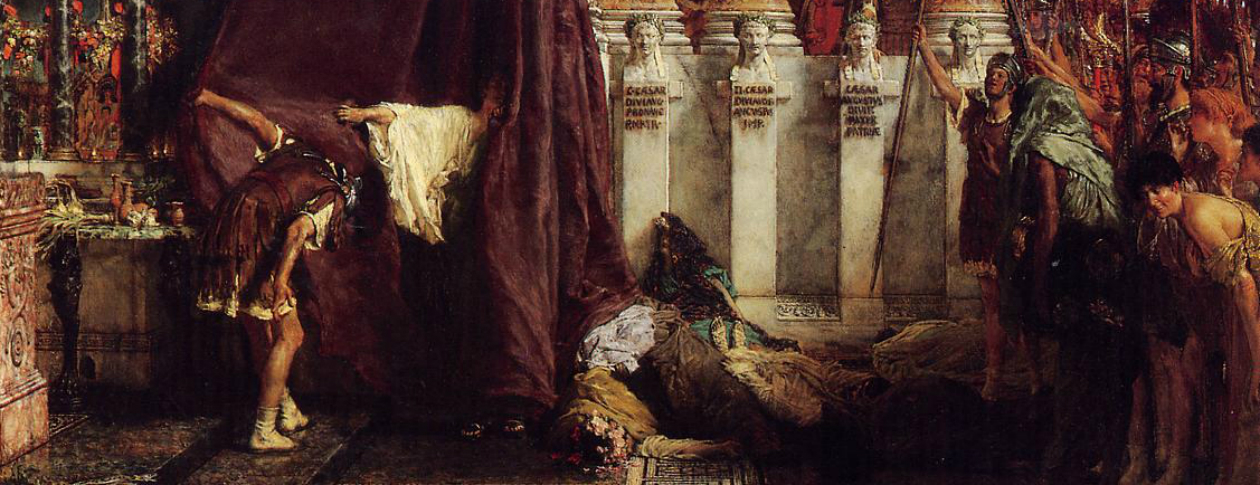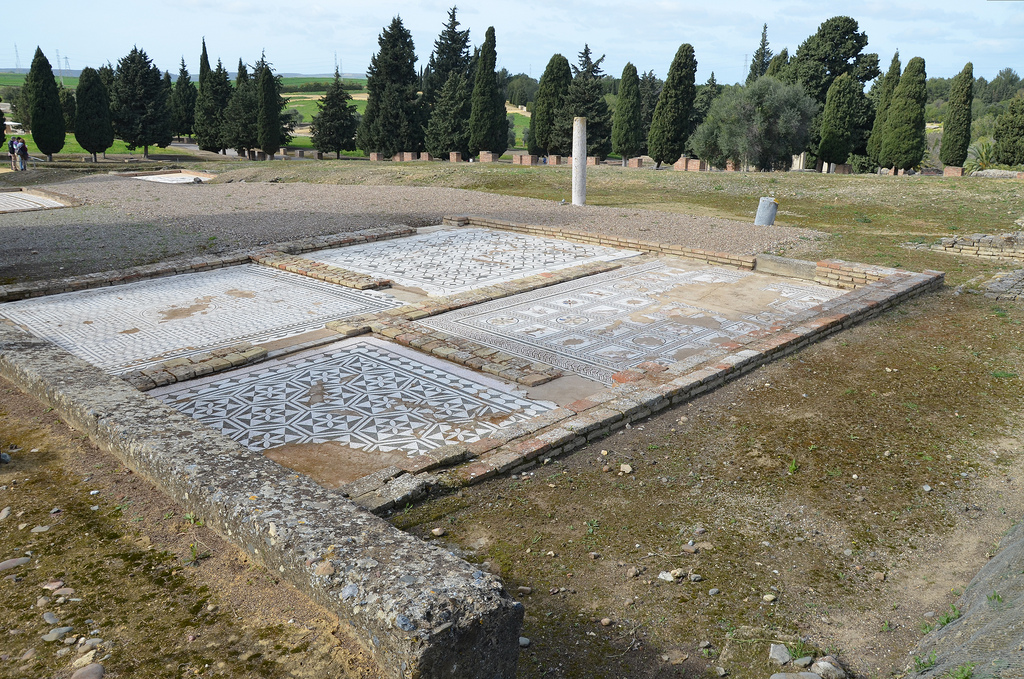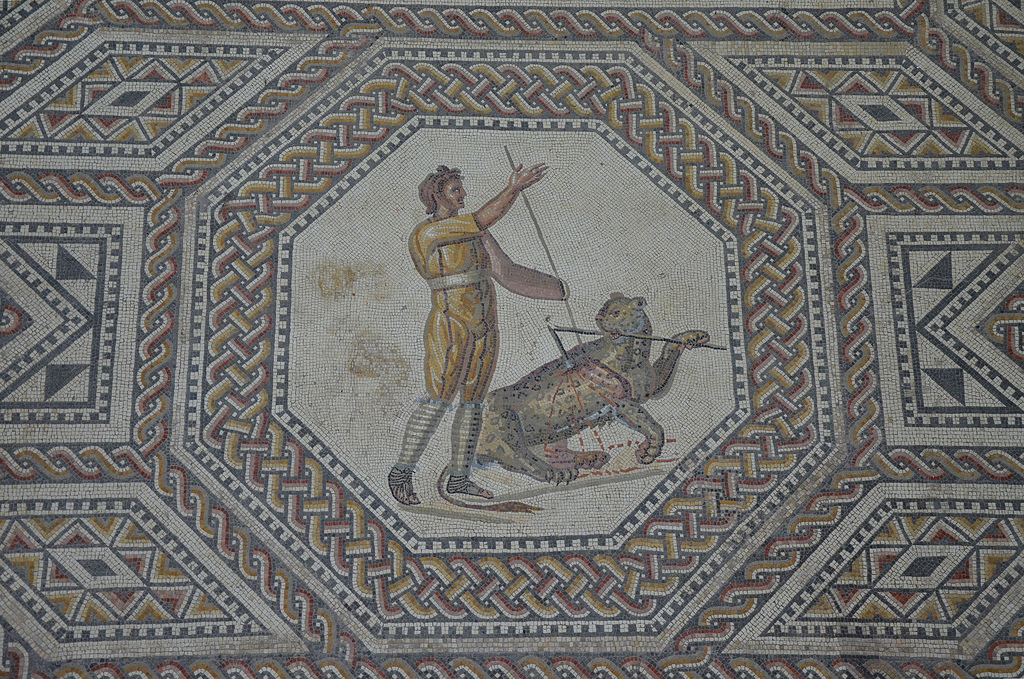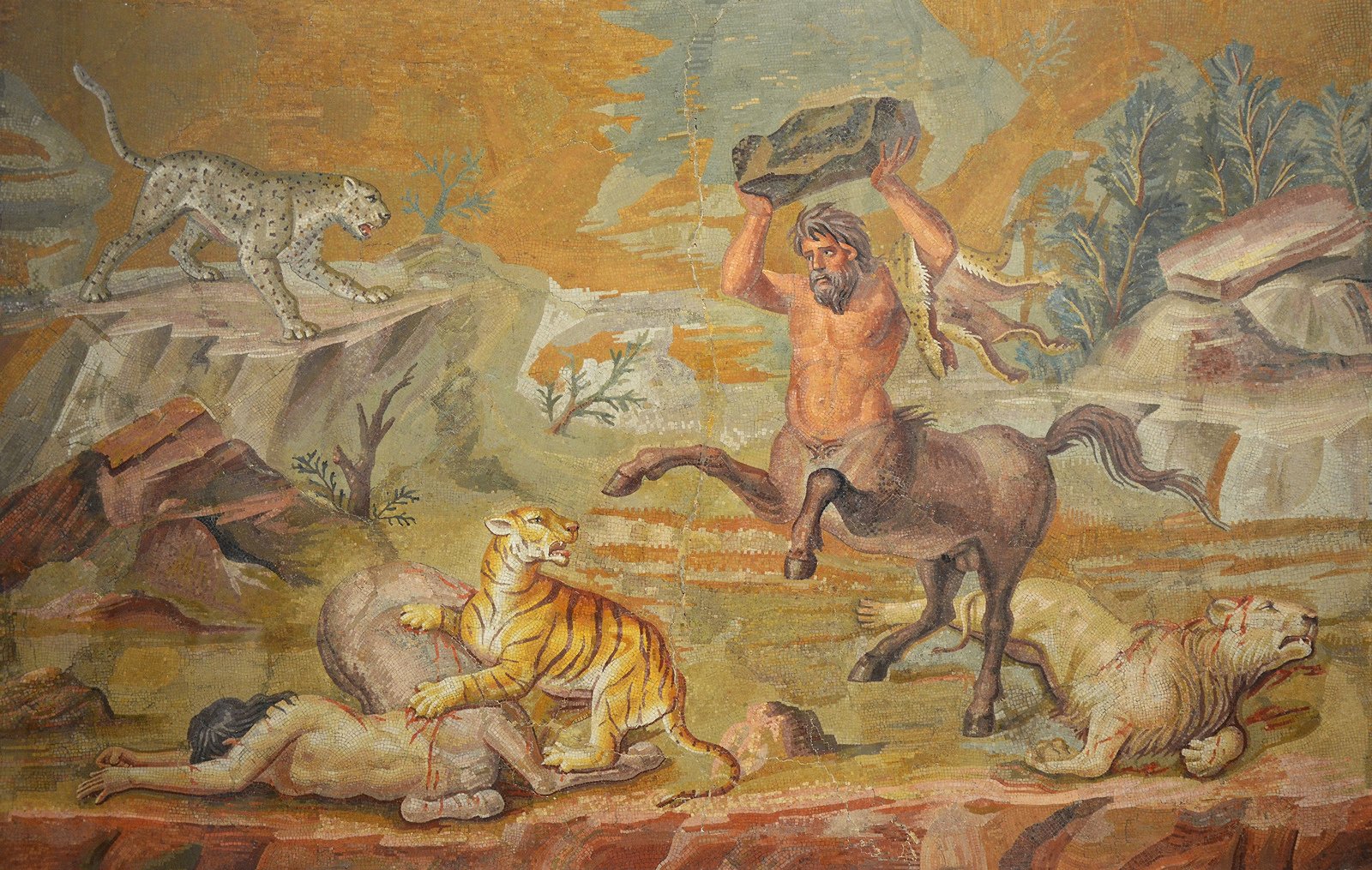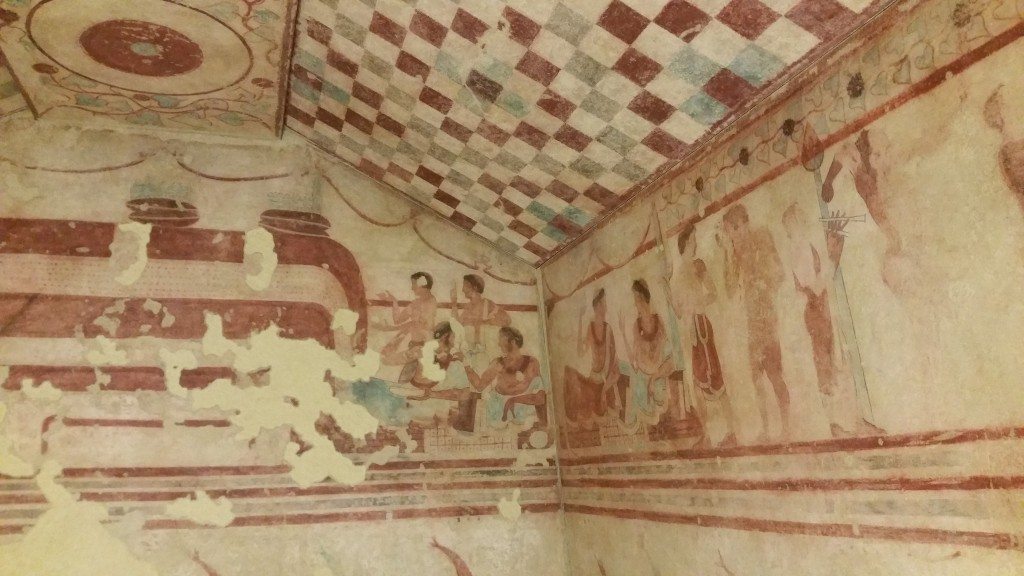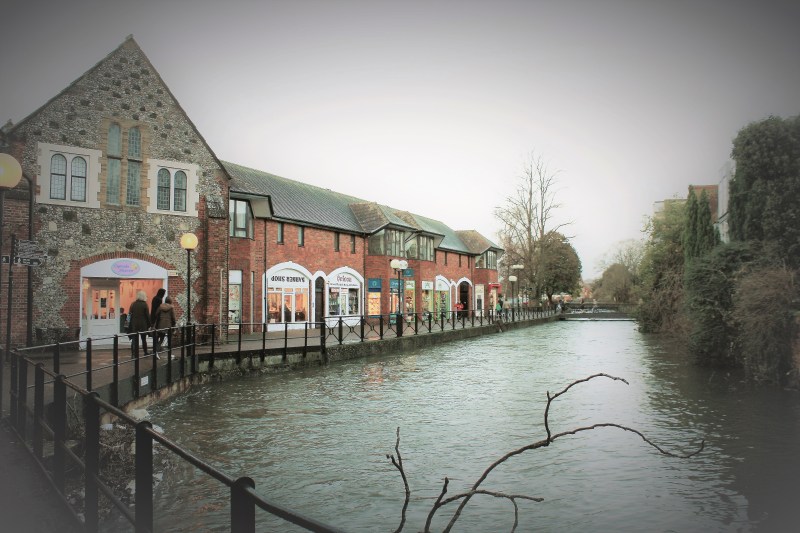Festivals in Ancient Greece and Rome: 9 Fascinating Facts
Festivals in ancient Greece and Rome were important periods of time during which people performed “activities that are most often thought of as communications with the superhuman world.” Marked by a variety of unique cultural rituals and traditions, festival days stood in stark contrast to ordinary life in ancient Greece and Rome. Processions, sacrifices, athletic events, and musical performances were just the start of some of the interesting highlights. The ways in which the ancient people chose to express themselves on these special calendar days is fascinating. In examining both its contrasts and similarities to today, studying ancient culture can be seen as the study of our own humanity. To demonstrate some of the unique aspects of culture in ancient Greece and Rome, we compiled a list of these 9 facts about some festivals in ancient Greece and Rome.
